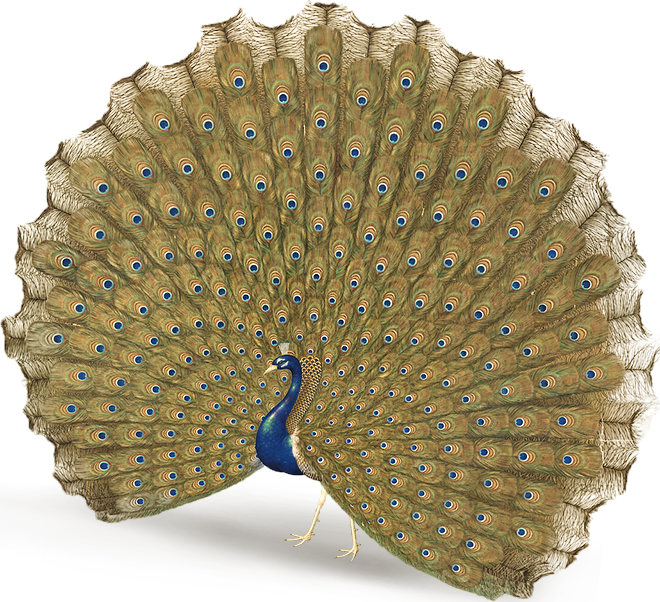Giuseppe Castiglione (1688-1766) was born in Milan, Italy, and studied painting since youth, joining the Jesuit society in Genoa at the age of 19. When the Qing court in China made a request for a Western painter, word reached the Vati-can in Rome and Castiglione was chosen to go and also spread the faith. In 1709 he first went to Lisbon, Portugal, and, after several years, finally left for China in 1714, arriving in Macao during the following year (the 54th of the Kangxi emperor's reign). By the end of 1715, Castiglione (and his reputation in painting) had reached Beijing, catching the at-tention of the court, where, under the Chinese name Lang Shining, he was assigned as an artist. All in all, Castiglione served the Qing imperial household under the Kangxi, Yongzheng, and Qianlong emperors for nearly 51 years. Follow-ing his death from illness in 1766, Qianlong decreed that, in addition to Castiglione's official rank as "Administrator of Imperial Parks," he be posthumously promoted to Vice Minister.
Unfortunately, the paintings that Giuseppe Castiglione left behind in the Kangxi reign (1662-1722) no longer survive. However, his hanging scroll entitled "Gathering Signs of Auspiciousness," done in 1723 for the ascension to the throne by Kangxi's successor, the Yongzheng emperor, won him further respect as an artist. In 1728, Castiglione completed "One Hundred Horses," a monumental handscroll (for which his draft still exists) that is his most famous extant paint-ing. All of Castiglione's works done in China, to one degree or another, demonstrate close attention to adapting Western one-point perspective and painting from life to traditional Chinese art. Despite drawing on Western methods, he still re-tained much of the auspicious symbolism and aesthetic suggestion of Chinese painting. In the Qianlong reign (1736-1795) under the following emperor, Castiglione continued to use traditional Chinese paper and silk, pigments, and brushes in working with the Ruyi Hall painters, achieving renown for developing a new syncretic style of court painting "joining China and the West." Castiglione (and his colleagues) portrayed a wide range of subjects, from imperial por-traits to exotic plants and opulent flowers, fine and unusual animals, and important ceremonial occasions. Castiglione's other major projects for the court included the interior decoration of Western-style buildings at the Old Summer Palace, designs for painted-enamel porcelains, and drafting for the Qianlong emperor's copperplate prints to commemorate Qing victories in suppressing rebellions in what is now Xinjiang.
This year (2015) marks the tricentennial of Giuseppe Castiglione's arrival in China and the ninetieth anniversary of the National Palace Museum's beginnings, in commemoration and celebration of which the Museum has specially gathered about a hundred objects by or related to him. In addition to displaying works in the National Palace Museum, eleven have been borrowed from the Palace Museum in Beijing, the Metropolitan Museum of Art in New York, and the Pio Istituto Martinez House for Elders in Genoa. With this special exhibition, the National Palace Museum offers a comprehensive portrayal of Giuseppe Castiglione's career in painting as well as his achievements in and contributions to the history of Sino-Western exchange in the eighteenth century.



